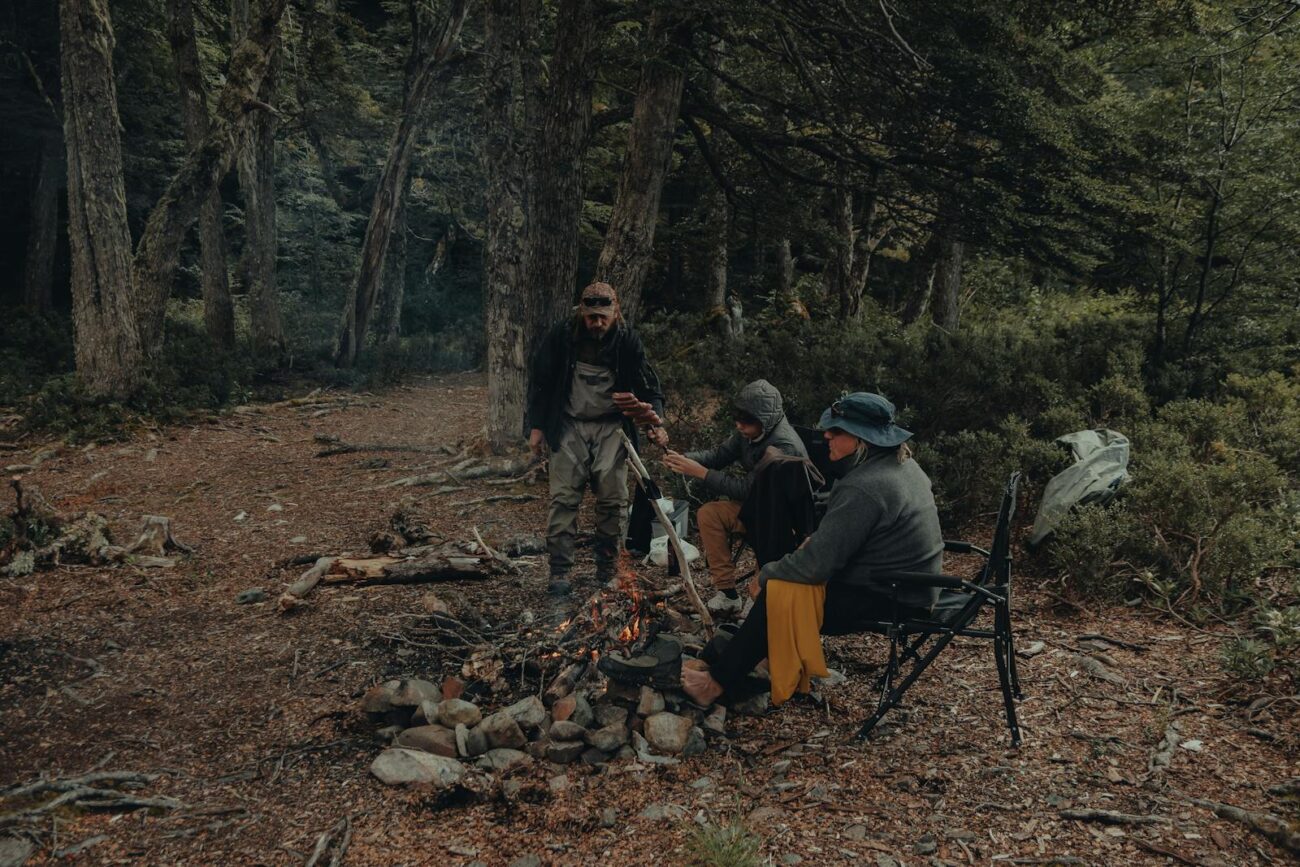Survival training has gained significant popularity in recent years, moving beyond military and specialist circles into the realm of civilian education and adventure tourism. This shift reflects growing public interest in self-reliance, preparedness, and reconnection with fundamental skills that modern convenience often renders unnecessary. Many people question whether investing time and money in survival training delivers genuine value or merely provides an exciting weekend distraction. The answer depends largely on your personal goals, lifestyle, and the quality of instruction you receive. This article explores what survival training typically entails, the concrete skills you’ll develop, and how these capabilities might benefit you in both emergency and everyday scenarios.
Understanding the Fundamentals of Survival Psychology
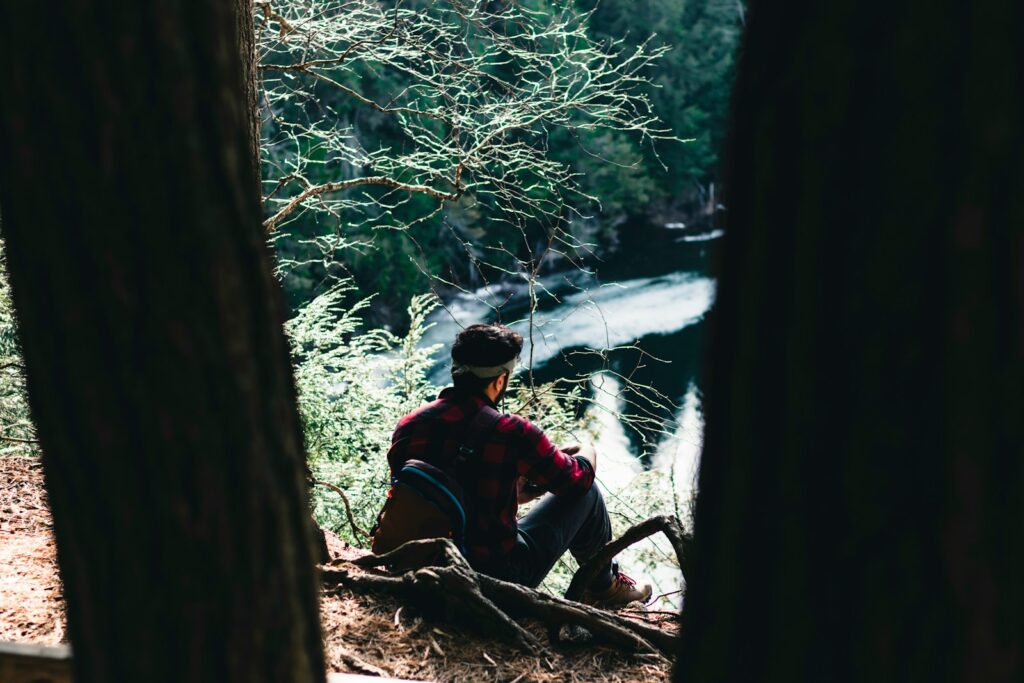
Survival training begins not with physical skills but with the psychology that underpins all survival situations. Quality programs teach students about the survival mindset, focusing on how to manage fear, panic, and decision-making under pressure. You’ll learn about the Rule of Threes—you can survive roughly three minutes without air, three hours without shelter in harsh conditions, three days without water, and three weeks without food. This fundamental framework helps prioritize actions when facing emergency situations and can prevent potentially fatal mistakes caused by poor judgment. Furthermore, understanding how your brain responds to perceived threats allows you to recognize and counteract cognitive biases that could otherwise lead to dangerous decisions in high-stress environments.
Fire-Starting Techniques for Various Conditions
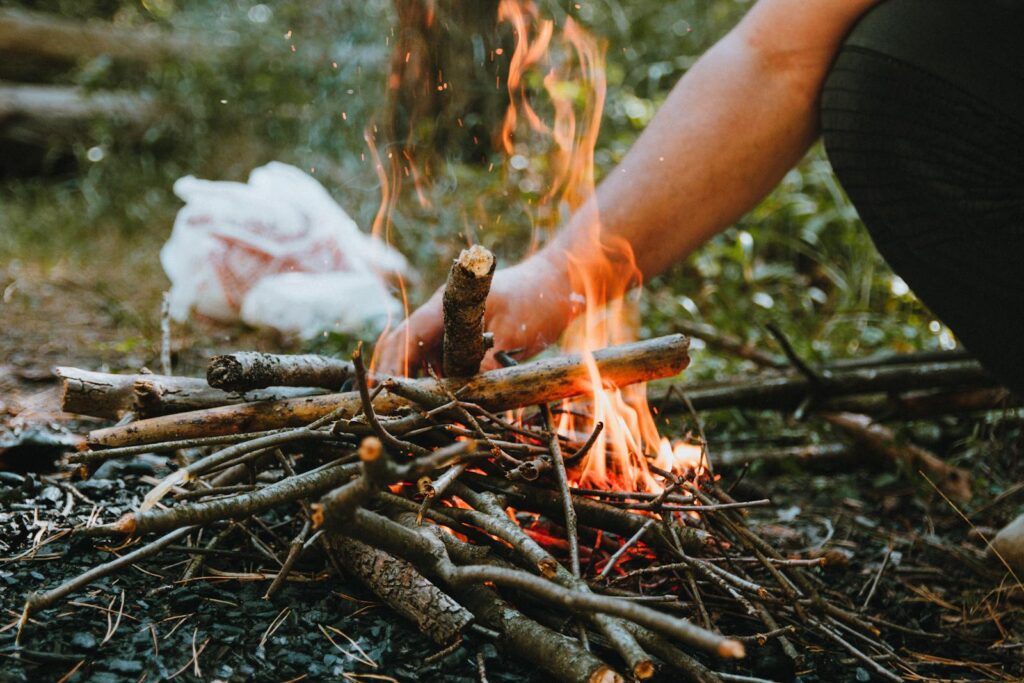
One of the most valuable skills taught in survival training is fire starting using multiple methods beyond matches and lighters. You’ll learn to use primitive techniques like bow drills and hand drills, which create fire through friction, as well as modern approaches using ferrocerium rods, batteries, or even unconventional items like steel wool and batteries. Instructors typically emphasize the importance of understanding fire science—how to select and prepare tinder, kindling, and fuel in proper progression to build sustainable flames. Additionally, you’ll practice creating and maintaining fires in challenging conditions such as rain, snow, or high winds, which requires specialized techniques and material selection that can’t be mastered through YouTube videos alone.
Water Procurement and Purification Methods

Survival training provides comprehensive instruction on finding, collecting, and making water safe to drink—skills that could literally save your life. You’ll learn to identify water sources in various environments, from obvious ones like streams to hidden sources such as morning dew collection, plant transpiration, or solar stills. The training covers multiple purification methods including boiling, chemical treatment, filtration, and UV sterilization, with explanations of which pathogens each method addresses. Many courses also teach how to construct improvised filters using natural materials like sand, charcoal, and cloth layers. Furthermore, understanding the symptoms of waterborne illnesses and dehydration becomes a crucial component of this training module, as proper hydration management forms the cornerstone of wilderness survival.
Shelter Building Adapted to Environmental Challenges
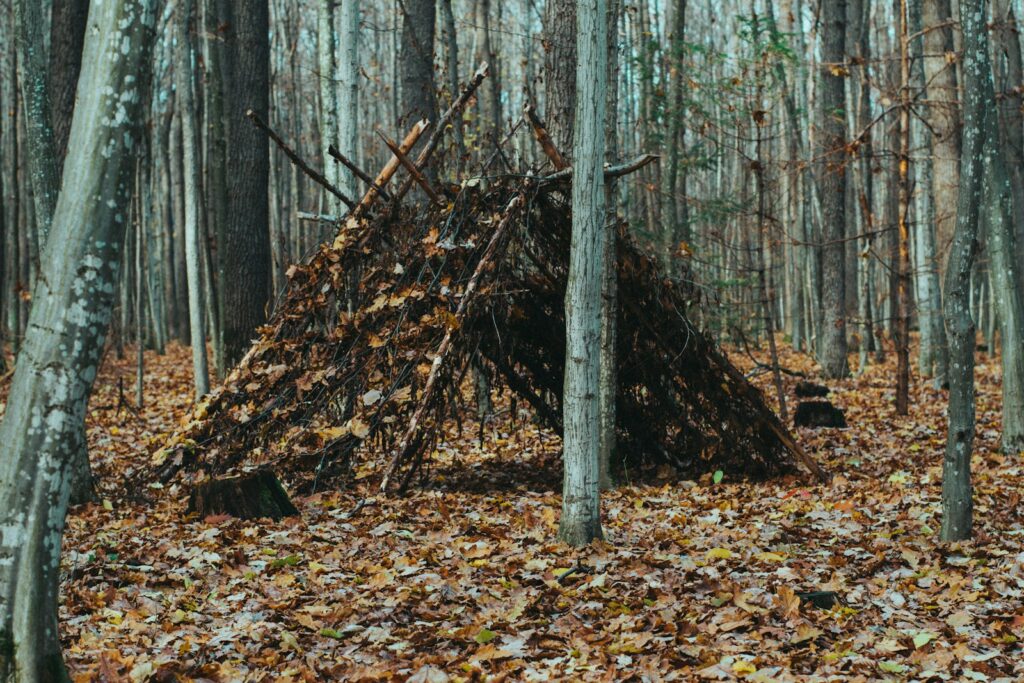
Proper shelter construction represents one of the most immediately practical skills in survival training, as exposure to elements often presents the most urgent threat in emergency situations. You’ll learn to assess your environment and select appropriate shelter designs based on available materials, weather conditions, and how long you anticipate needing protection. Training typically covers construction techniques for various shelter types including debris huts, lean-tos, snow caves, and improvised tents using tarps or ponchos. Beyond basic construction, quality programs teach crucial details like proper insulation methods, site selection to avoid natural hazards, and how to maximize heat retention while minimizing fuel consumption. These skills transfer remarkably well to everyday camping and can enhance your outdoor experiences even when not in survival situations.
Wild Food Identification and Foraging Safety
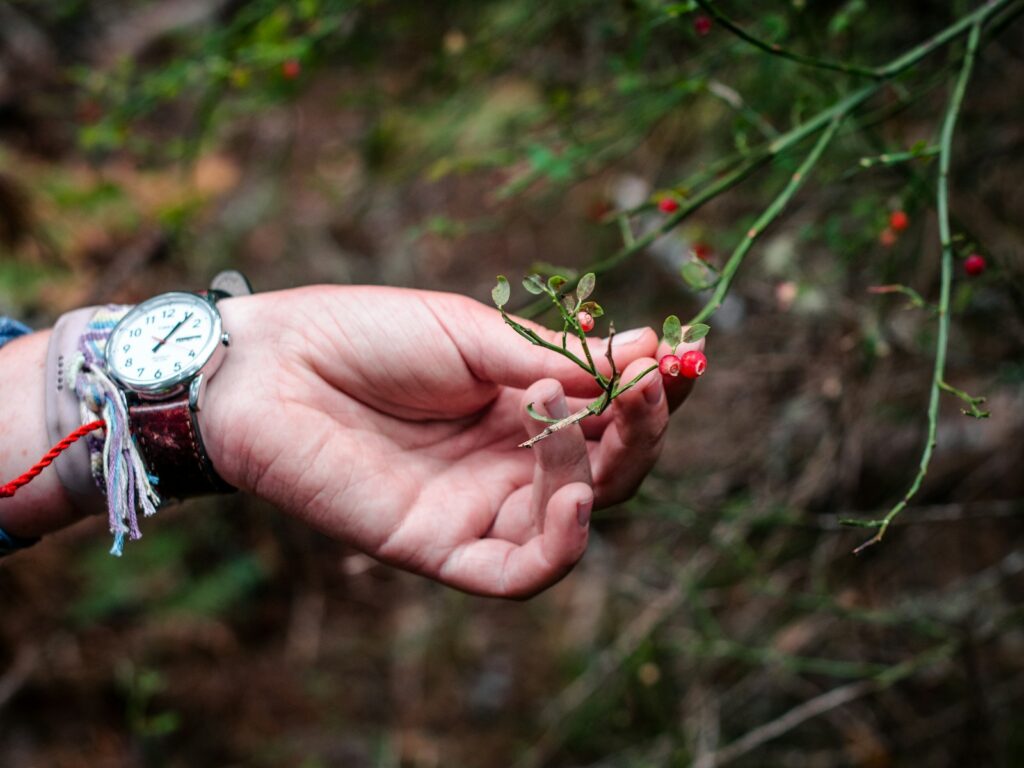
Survival training offers practical knowledge about identifying edible plants, fungi, and other food sources in the wild, though responsible programs emphasize this as a supplementary rather than primary survival strategy. You’ll learn universal testing protocols for unknown plants and clear identification markers for common edible and poisonous species in your region’s ecosystem. Most courses teach the concept of caloric efficiency—understanding which food sources provide sufficient energy to justify the effort expended in obtaining them. Additionally, you’ll discover seasonal variations in wild food availability and preservation techniques that allow you to extend the usefulness of found resources. This knowledge not only supports survival situations but can enrich your relationship with natural environments during recreational outdoor activities.
Navigation Without Modern Technology
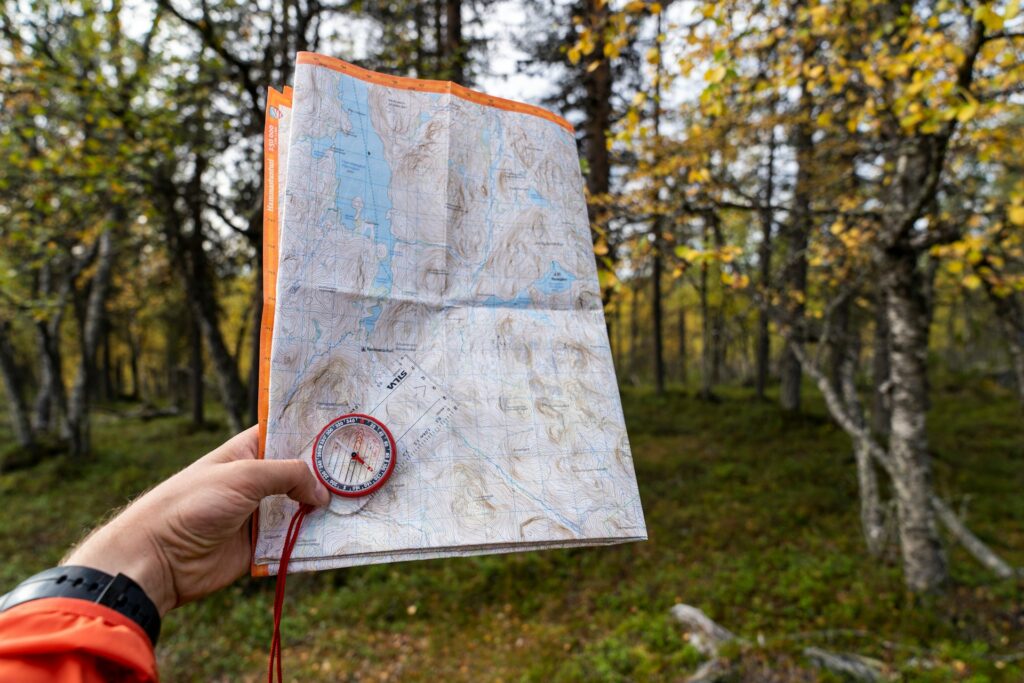
In an age of GPS dependence, learning to navigate without electronic assistance provides both practical skills and intellectual satisfaction. Survival training teaches map reading, compass use, and natural navigation methods using the sun, stars, and environmental indicators. You’ll practice triangulation techniques to determine your position using visible landmarks and learn to maintain direction when visibility is limited. Many courses cover the creation of improvised compasses and basic measuring tools to estimate distance traveled. Furthermore, you’ll develop the ability to create accurate route plans that account for terrain challenges, energy conservation, and resource availability—skills that remain valuable even when technology is available but serve as crucial backups when devices fail.
First Aid and Medical Emergency Management
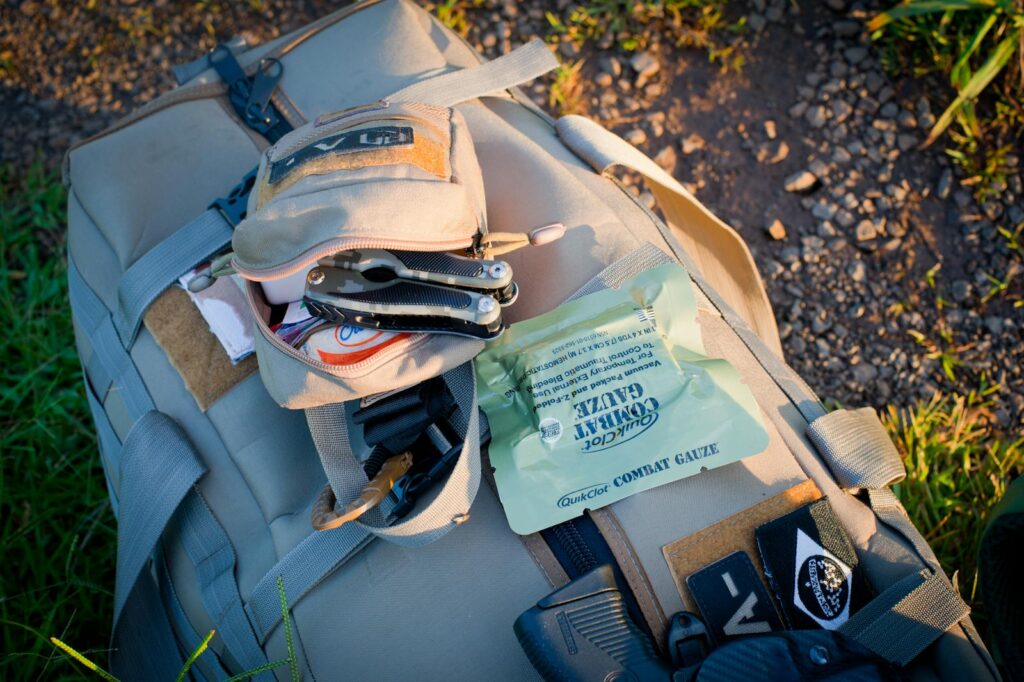
Survival training typically includes wilderness first aid instruction that goes beyond basic first aid by addressing scenarios where professional medical help may be hours or days away. You’ll learn to assess and treat common wilderness injuries like fractures, sprains, burns, and wounds using both conventional and improvised materials. The training covers identification and management of environmental medical conditions such as hypothermia, heat exhaustion, altitude sickness, and dehydration. Additionally, you’ll practice creating emergency transport devices like stretchers from natural materials and learn evacuation decision-making protocols. This medical knowledge remains valuable far beyond wilderness contexts, potentially enabling you to respond effectively to emergencies in daily life where immediate professional help isn’t available.
Tool Crafting and Improvisation Skills
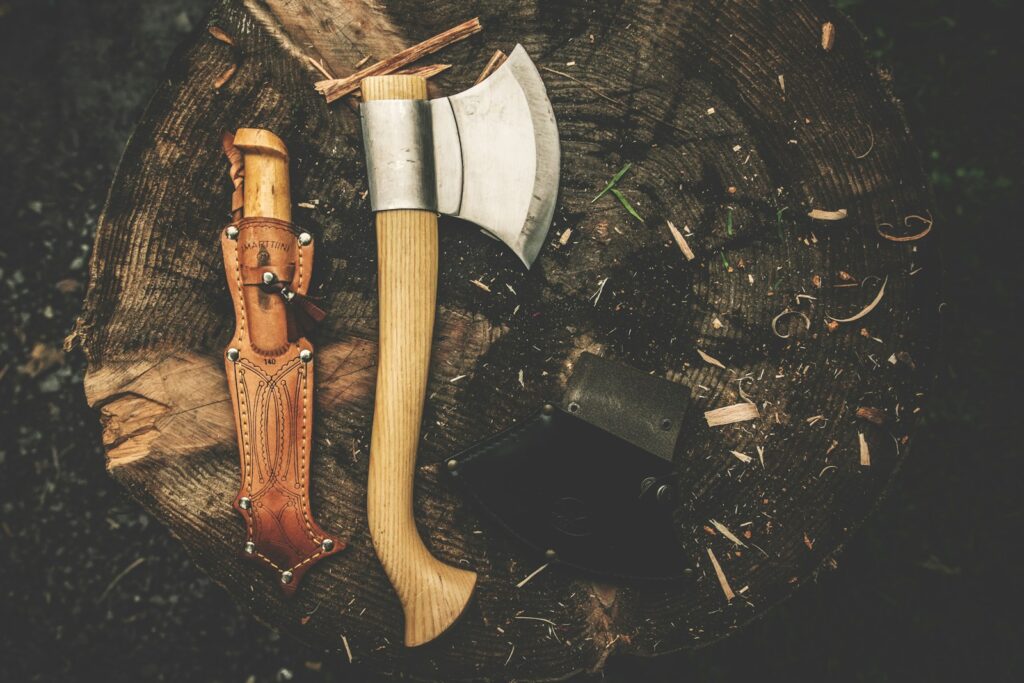
One of the most empowering aspects of survival training is learning to create useful tools from available materials when commercial equipment isn’t accessible. You’ll learn basic woodcraft techniques for fashioning implements like digging sticks, cooking utensils, containers, and even hunting tools using minimal modern equipment. Many courses cover cordage making from plant fibers, sinew, or even plastic waste, teaching you to create strong rope and binding materials for countless applications. The training typically includes instruction on selecting appropriate natural materials based on their properties—flexibility, hardness, rot resistance, or flammability. These improvisation skills develop a deeper understanding of material science and foster creative problem-solving abilities that extend well beyond survival scenarios.
Signaling and Rescue Facilitation
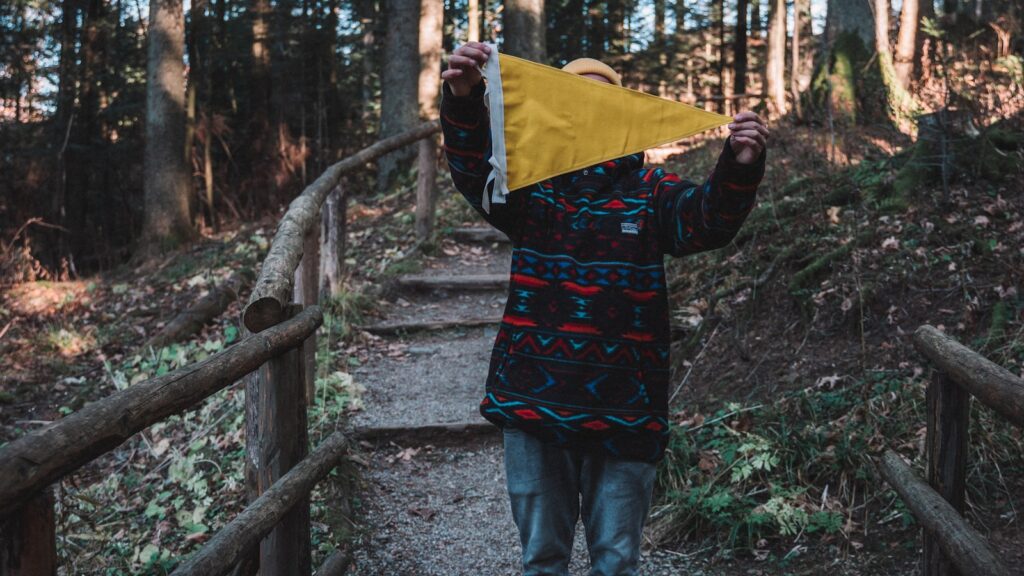
Contrary to the self-reliance emphasis in much survival media, quality training acknowledges that in most real emergencies, being found quickly remains the optimal outcome. You’ll learn to create effective ground-to-air signals visible to search aircraft, including signal mirrors, smoke signals, and ground markers. The training covers communication methods like whistle codes, improvised sound amplification, and night signaling with fire. Additionally, you’ll understand search patterns typically employed by rescue teams and how to maximize your visibility within these systems. This knowledge includes practical skills like selecting sites with good visibility, understanding how weather affects signal propagation, and creating contrast against natural backgrounds to improve detection chances.
Survival Planning and Preventative Measures

Perhaps the most valuable aspect of survival training is learning how proper preparation can prevent emergencies from occurring in the first place. You’ll develop skills in trip planning, risk assessment, and creating appropriate contingency measures for various activities. The training covers creating and maintaining survival kits tailored to specific environments and activities, emphasizing multi-functional items that maximize utility while minimizing weight and bulk. You’ll learn communication protocols including trip plans, check-in systems, and how to effectively convey information about your intended routes and timelines to emergency contacts. These planning skills form habits that dramatically reduce your chances of experiencing a true survival situation, making them arguably the most practical takeaway from the entire training experience.
Physical Conditioning and Endurance Building
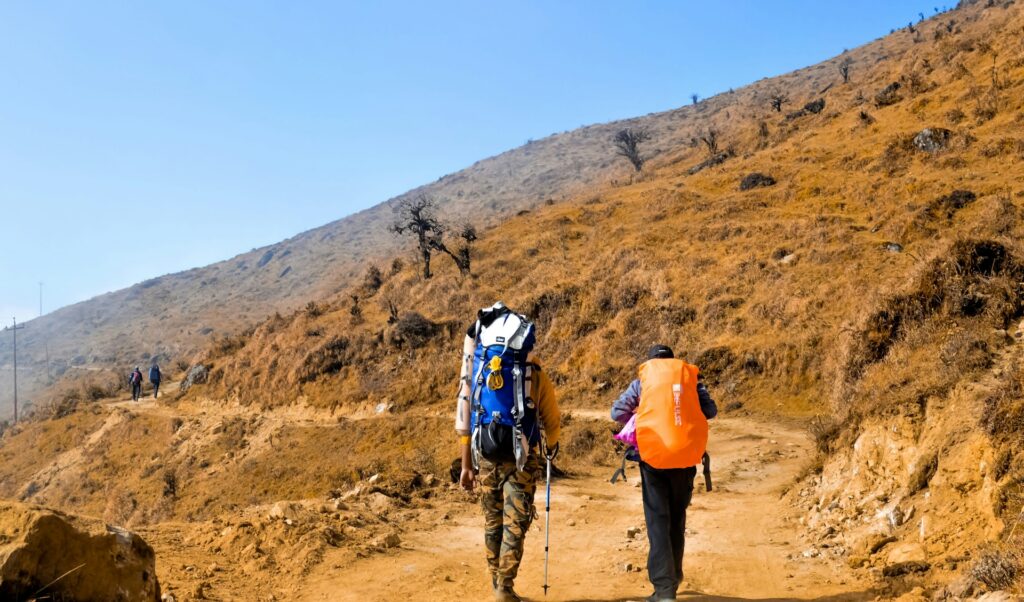
Comprehensive survival training incorporates physical challenges that build both specific wilderness skills and general physical resilience. You’ll experience firsthand how factors like sleep deprivation, caloric restriction, and environmental stressors affect decision-making and physical performance. Many programs include activities specifically designed to build mental toughness through controlled exposure to discomfort and challenge. The training often involves carrying loads over varied terrain, working with tools for extended periods, and performing physically demanding tasks after periods of reduced rest. These experiences provide valuable self-knowledge about your personal limits and adaptation capabilities, helping you realistically assess what you could handle in genuine emergency situations.
Community Building and Leadership Development
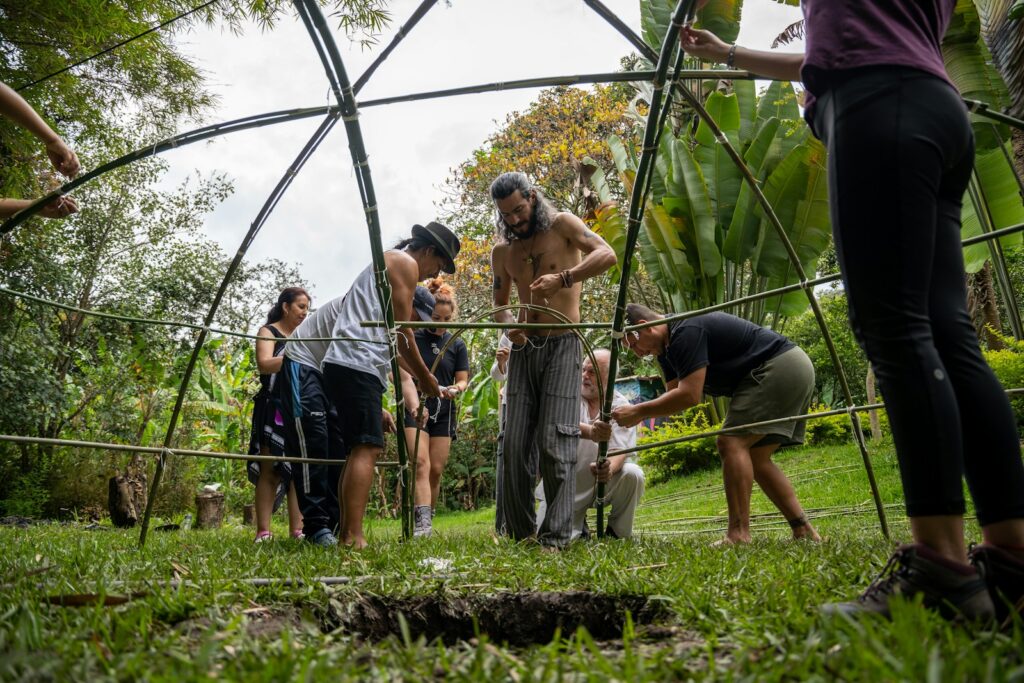
While often overlooked in survival training marketing, the social and leadership skills developed during these programs offer substantial real-world value. You’ll learn to work effectively in groups under pressure, developing communication protocols and decision-making structures that function even in high-stress environments. Many courses include scenarios requiring delegation, resource allocation, and conflict resolution among team members with different priorities or abilities. The shared challenge of survival training creates unique bonds between participants, often resulting in lasting relationships and community connections with like-minded individuals. Furthermore, these experiences frequently reveal leadership capabilities that participants hadn’t previously recognized in themselves, providing valuable insights that transfer to professional and personal contexts.
Practical Applications Beyond Emergency Scenarios
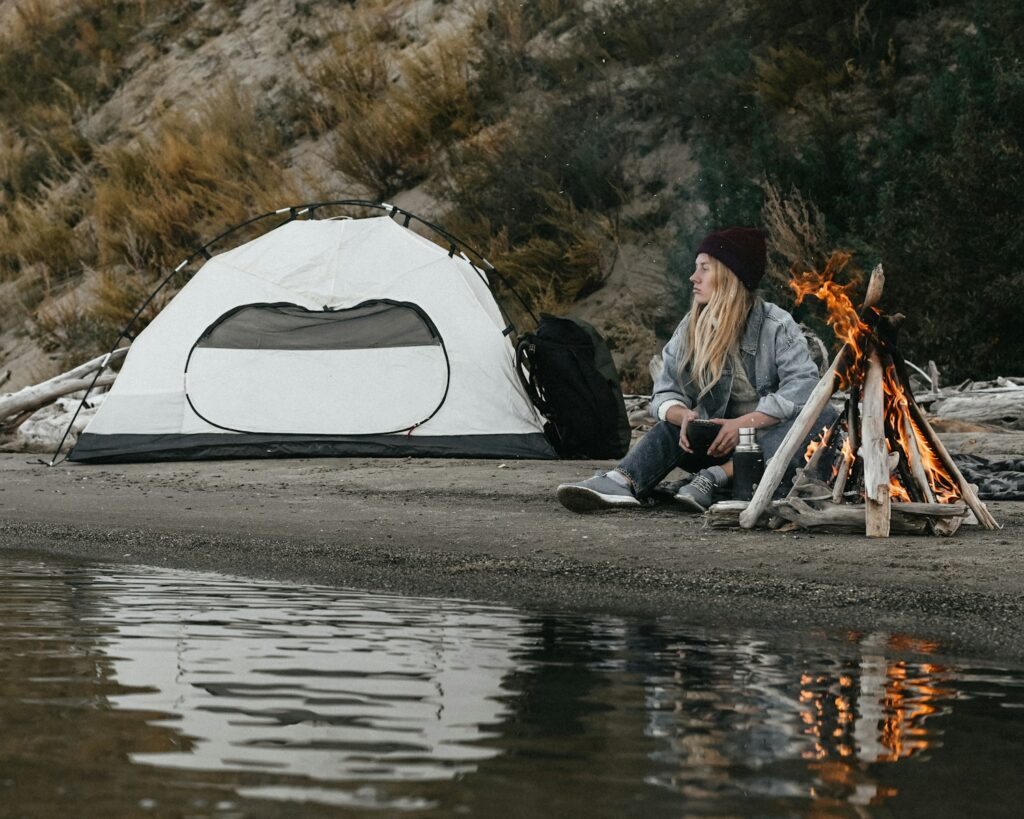
The true measure of survival training’s value often emerges in non-emergency contexts where the skills, mindset, and confidence gained enhance everyday experiences. You’ll find that understanding natural systems and basic resource procurement transforms ordinary outdoor activities into richer, more engaging experiences where you notice useful plants, optimal campsites, and natural patterns that remain invisible to untrained observers. Many graduates report increased confidence in travel to remote locations, knowing they possess fallback capabilities if modern conveniences become unavailable. The problem-solving approaches learned in survival contexts often transfer effectively to professional challenges, where resource constraints and uncertain conditions require similar adaptive thinking. Additionally, the perspective gained from practicing deliberate simplicity and self-reliance frequently influences consumption patterns and lifestyle choices, leading many participants to adopt more sustainable practices in their daily lives.
Conclusion

Survival training delivers value that extends far beyond the unlikely worst-case scenarios that initially motivate many participants. The comprehensive skill set you’ll develop—from practical capabilities like fire building and shelter construction to mental frameworks for decision-making under pressure—creates a foundation of self-reliance that enhances both everyday life and emergency preparedness. While not everyone needs the most intensive training available, even basic programs can dramatically increase your confidence and competence in outdoor settings. The true worth of survival training ultimately depends on the quality of instruction, your personal engagement with the material, and how you integrate these skills into your lifestyle. For most participants who approach the training with genuine curiosity and commitment, the investment returns substantial dividends in capability, confidence, and connection with both natural environments and human communities that share these fundamental values.

